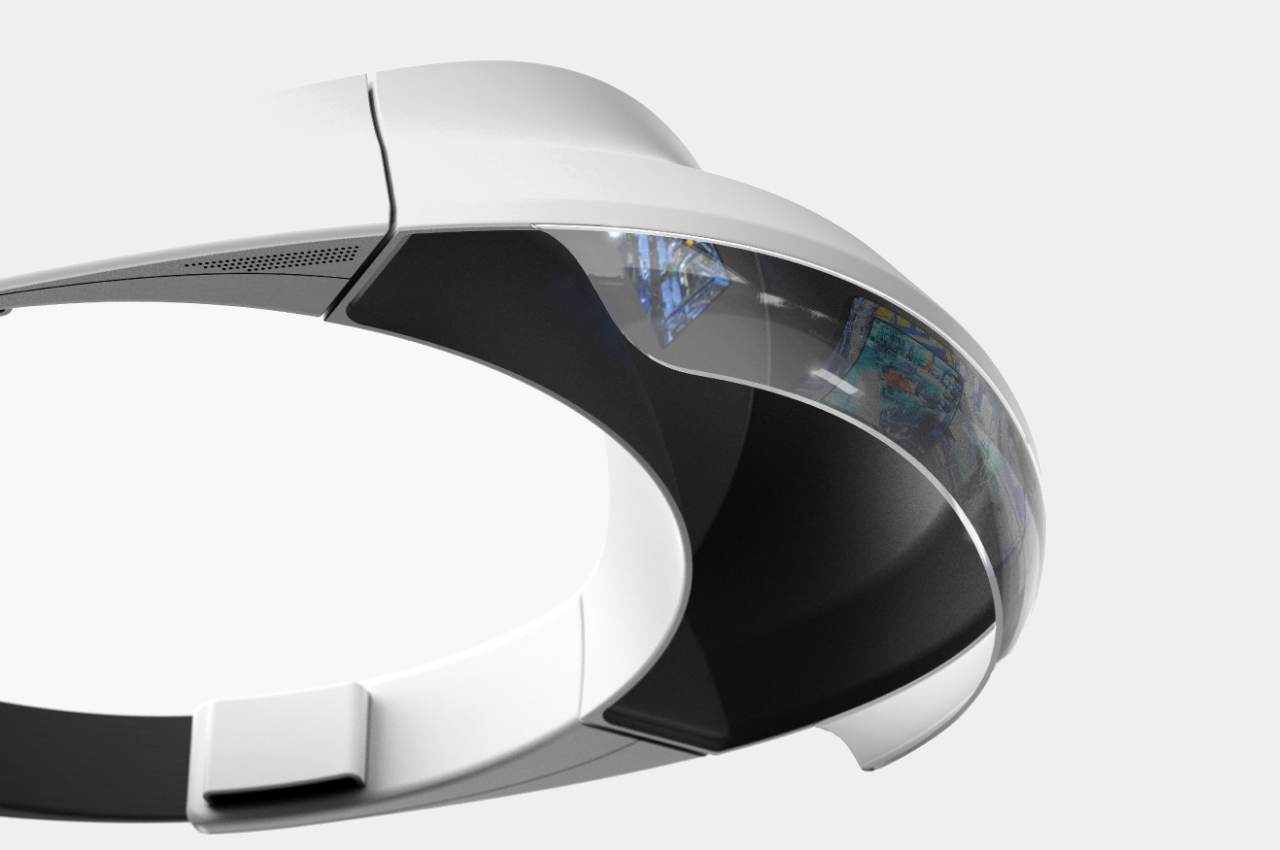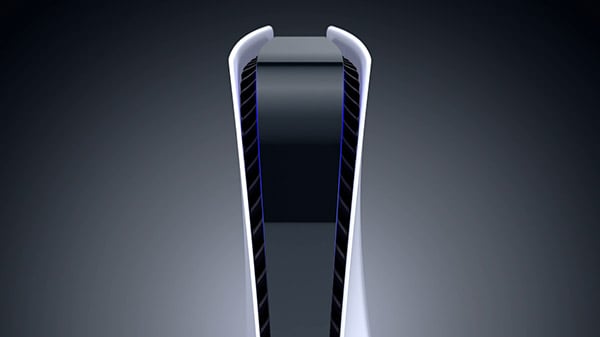#What Do the Different Vinyl Condition Grades Mean? – Review Geek

Table of Contents
“What Do the Different Vinyl Condition Grades Mean? – Review Geek”

You’ve probably heard the term “mint condition” when talking about comic books or baseball cards, but it can also apply to vinyl records. There are other condition grades you might stumble upon while buying used vinyl, and it’s worth learning what each grade means.
For die-hard music fans, few things are better than buying a great album on vinyl and adding it to your personal library. If you prefer shopping for used vinyl over buying new, you’ll want to have a solid understanding of vinyl condition grades and what they mean as far as quality and your hard-earned dollars—we want you to get the most bang for your buck.
What is the Vinyl Condition Grading System?
Conditional grading is an industry-wide metric used to determine an individual record’s value. It takes into account a few features that, along with rarity and demand, help record companies and stores figure out how much to sell an album for (and what you can expect to pay when you go crate digging).
Grading is done in person by an experienced seller. This process isn’t standardized (nor is it enforced or absolutely agreed upon), so it’s worth noting that there will likely be variables from store to store. Grading is usually done under intense light, so the person doing the grading can easily see faults on the record or its packaging. They will also play the record on a turntable to listen for defects and distortion, then assign a grade based on everything they’ve seen (and heard).
The system focuses on the physical condition of both the record itself and its packaging, including the cover and any internal sleeves. And just like in school, a higher grade is better. In a nutshell, higher-graded records look better and sound better. They’ll cost you more, though, which is the trade-off. Despite that, though, this higher grade is always a better investment if you can afford it. At the very least, opt for higher grades on your very favorite albums if you can manage that for your entire collection.
What Does Each Grade Mean?

The system is actually pretty straightforward and, simply put, ranks record quality from best to worst. However, it can vary slightly from store to store, as we mentioned, and it’s ultimately up to you to determine which grades you are comfortable purchasing and whether or not you agree with the grade listing assigned by a particular store.
Mint (M)
A record in “mint” condition is, as you’d imagine, in pristine condition and one of the grades you should shoot for when shopping for secondhand vinyl. Records of this grade have never been played and were possibly never even removed from their packaging. Furthermore, you won’t see any blemishes or other physical issues at this level—no warping, no scratches, no split seams, no bent album covers. Nada.
Mint vinyl is also extremely rare and almost always super expensive. Some stores don’t even use this rating or may require some negotiation between the seller and the buyer on applying the label (and its accompanying price). Many collectors say they don’t believe in using the term and won’t use anything beyond “Near Mint.”
Near Mint (NM)
Near mint means near perfect. These records look like new, with little to no visible defects on either the record or its sleeve. It has likely been removed from its sleeve and played once (or maybe two times at most) but was handled gently, and you shouldn’t hear any surface noise when you play it. This is probably the ideal grade to look out for, as it’s still in great condition but will be a little cheaper and easier to find.
Records with this rating won’t have any tacky stickers or other markings or discoloration on the cover. They will also be free from factory defects, like an off-center label. Some Near Mint records can be “never played,” as well, but that isn’t a requirement. You may still see light scuffs or scratches, or faint discoloration of the label.
Excellent (E)

A record of this caliber is still, well, excellent overall. It has been taken out and played a few times, and you should only see faint signs of use here. There shouldn’t be any significant audio distortions here, and the sleeve and cover should still look tidy. Depending on the store, you might even see Excellent used interchangeably with Very Good Plus.
Very Good Plus (VG+)
This rating is a line in the sand, so to speak. At this point, records start to show some marks and create minor crackles when played; however, they won’t cause an outright unpleasant listening experience. Expect to see some signs of minor wear and handling, like faint ring wear, minor warping, or very light scuffs.
Very Good (VG)
When looking at Very Good vinyl, expect there to be a few minor faults and clear signs of handling. Vinyl of this grade is still playable for the most part but will have more noticeable distortion like light clicks or pops compared to Very Good Plus-rated vinyl. It shouldn’t negatively disrupt your listening experience, though.
Visually, there might be light scratches, warping, or maybe even a split edge on these records, but they should be otherwise undamaged. Its sleeves and cover will show equal amounts of wear, with damaged corners, creases, tears, stickers, or yellowing. These also commonly sell for just a fraction of what Near Mint vinyl costs, down to just one-third of the price.
Good (G)
Despite the positive connotations of “Good,” this grade (and any below it) should be avoided. You’re gonna start to see more visual issues on vinyl with this rating, like bad warping, ring wear, groove wear, a well-worn label, and scratches, but these records are still technically playable. You’ll experience notable surface noise, and it’s not an ideal listening experience.
Depending on the store, you may also see similar ratings at this level like “Good Plus” or “Very Good Minus,” but those aren’t common and not terribly different from Good. We do not recommend buying records with this rating (or lower), even though they might be tempting price-wise. If you just have to have an album, however, and plan on upgrading to a better version later, this’ll work in a pinch, we suppose.
Fair (F) or Poor (P)

These terms are more or less equivalent but may vary depending on the seller. Either one implies major issues, and we don’t recommend buying records with either of these grades unless you intend to put them out of their misery and use them for decor or something.
Expect issues like severe warping, skipping, deep scratches, and possibly even audible impacts from blemishes like fingerprints and other gunk. They’ll probably skip a bunch or repeat when you play them if they’re still flat enough to play. As for their covers? They’re most likely near destroyed, if they’re still there at all.
How Do Condition Grades Affect Prices?
Simply put, a better grade means better quality, which, in turn, means a higher price. Records with a Mint rating will sell for much (much) more than a Near Mint record, which will be priced higher than an Excellent record, and so on.
If you’re looking for audiophile-grade records, stick with Near Mint (or Mint if you can find it and afford it). These records will sound the best and hold up better over time. If you’re a little more flexible, we recommend sticking with anything at or above a Very Good Plus level; those records will sound fantastic and still be in solid condition.
You’ll definitely be gambling more with Very Good and Good records since they’ll have a few issues visually and with playback, but those grades are still good enough for the average listener. And as we mentioned, just do your best to avoid Fair or Poor records; they might only cost you a dollar or so, but you’ll rarely ever get your money’s worth.
Do All Record Stores Use These Grades?
This is a tricky question to answer. While every record store knows about condition grades (well, the ones worth their mettle, at least), not all bother to list that information on their inventory. Sites like Discogs share this information up front (and even let you search by condition grades if you like).
If you decide to shop at a vinyl store that doesn’t list this information anywhere (especially an online store), you’re on your own. It’s the Wild West, and you’ll only have your wits to protect you. If you see an album not in its original shrink wrapping, be sure to inspect the album as carefully as you can. Obviously, don’t disrupt the store’s packaging, but look at the cover’s corners and seams; if those look good, there’s a fair chance the vinyl will also be in decent condition.
If you liked the article, do not forget to share it with your friends. Follow us on Google News too, click on the star and choose us from your favorites.
For forums sites go to Forum.BuradaBiliyorum.Com
If you want to read more like this article, you can visit our Technology category.




